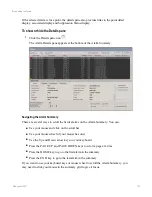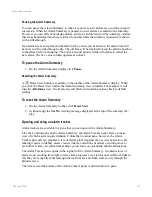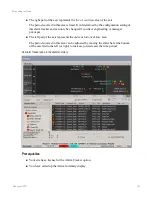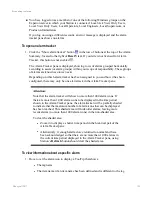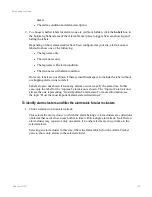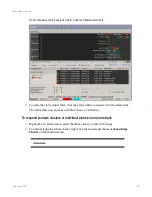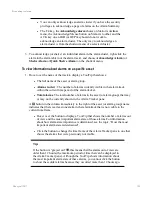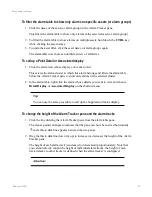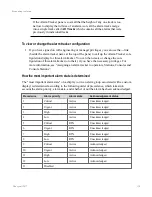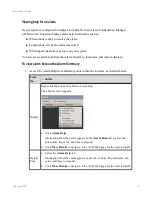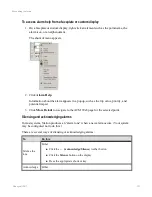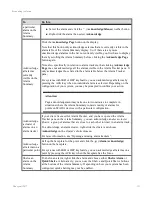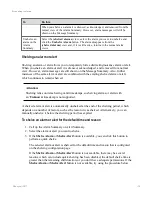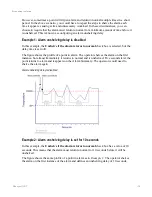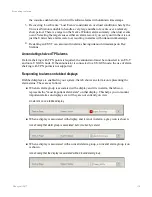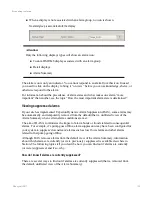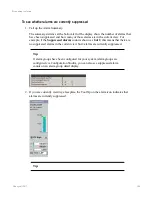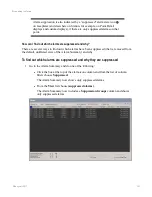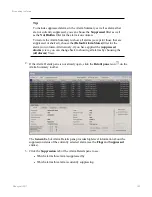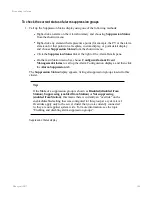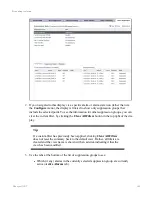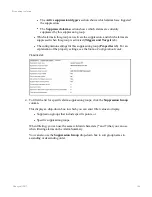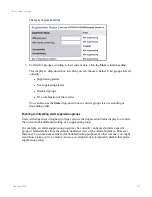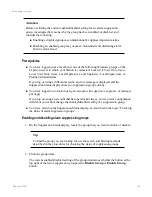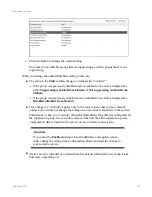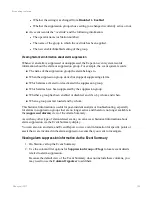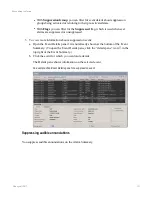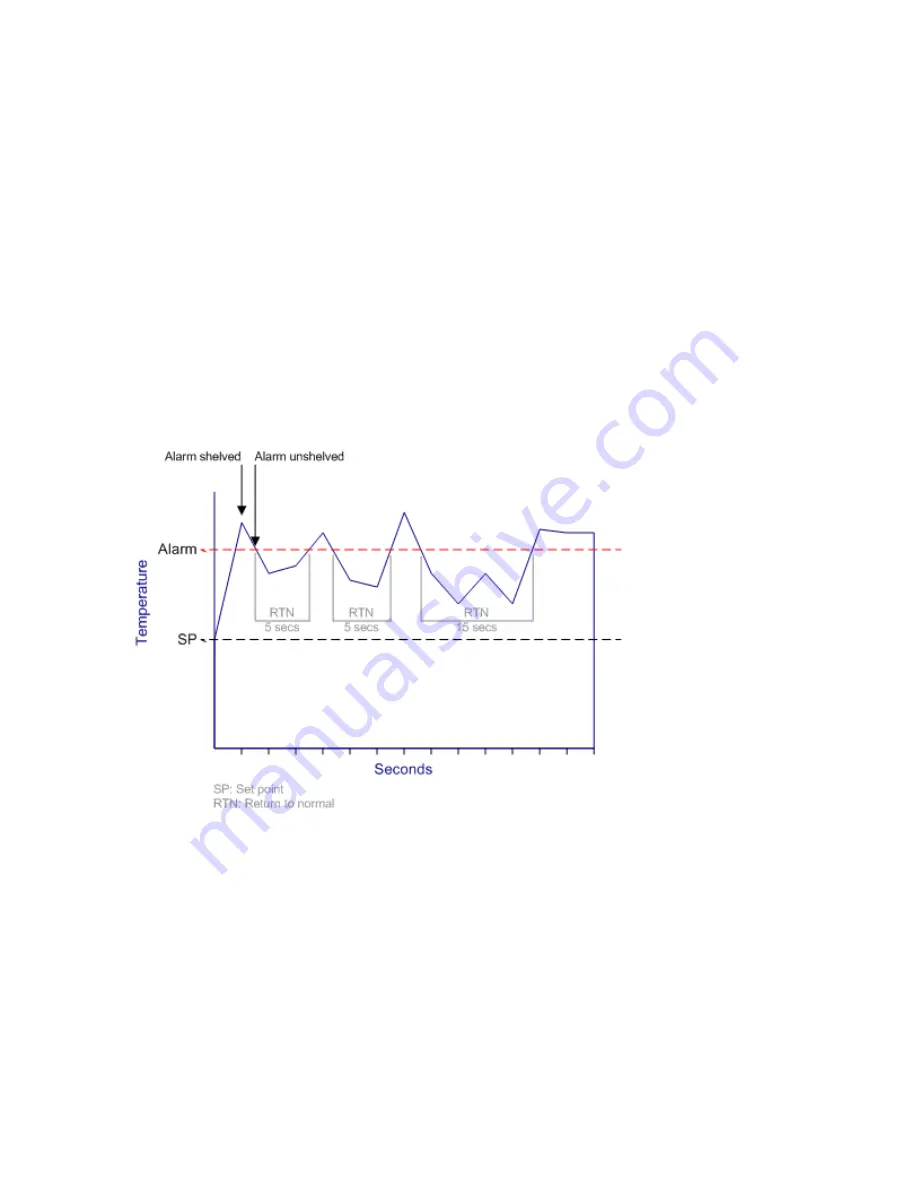
However, sometimes a point will trip an alarm and return to normal multiple times in a short
period. In the above scenario, you would have to repeat the steps to shelve the alarm each
time it appears, causing extra and unnecessary workload. In these circumstances, you can
choose to require that the alarm must return to normal for a minimum amount of time
before
it
is unshelved. This is known as configuring an alarm unshelving delay.
Example 1: Alarm unshelving delay is disabled
In this example, the
Unshelve if the alarm returns to normal
check box is selected, but the
delay time is set to
0
.
The figure shows the profile of a point in alarm. The operator shelves the alarm on the first
instance, but almost immediately it returns to normal and is unshelved. Five seconds later, the
point returns to alarm and reappears on the Alarm Summary. The operator would need to
shelve the alarm again.
Alarm unshelving delay is disabled
Example 2: Alarm unshelving delay is set for 10 seconds
In this example, the
Unshelve if the alarm returns to normal
check box has a value of 10
seconds. This means that the alarm must return to normal for 10 seconds before it will be
unshelved.
The figure shows the same profile of a point in alarm as in
Example 1
. The operator shelves
the alarm on the first instance of the alarm and defines an unshelving delay of 10 seconds.
Responding to alarms
Honeywell 2017
136
Содержание Experion LX
Страница 1: ...Experion LX Operator s Guide EXDOC XX80 en 500A April 2017 Release 500 ...
Страница 77: ...Button Description toolbar Using faceplates Honeywell 2017 77 ...
Страница 249: ...n Restart n Hold n Stop n Abort n Resume n Active n Cancel About activities batches and procedures Honeywell 2017 249 ...

